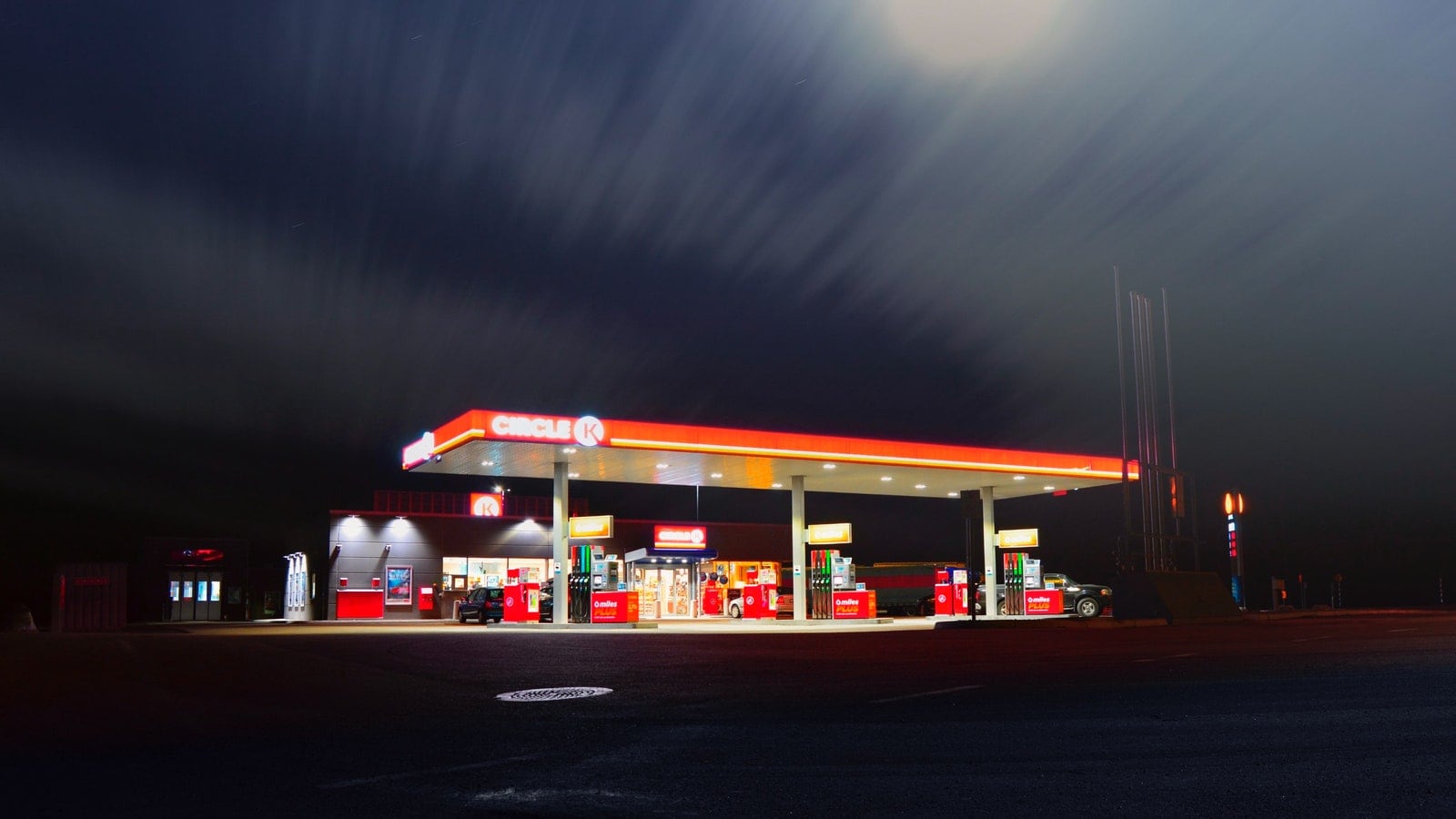Yesterday, the White House announced plans to release 1 million barrels of gasoline stored in the Northeast Gasoline Supply Reserve, an action likely to bring down gas prices during the upcoming summer driving rush. The move is odd, as gas prices aren’t historically high.
So why bother?
Because they legally have to sell it.
Gas Prices Not Unusually High at the Moment
According to AAA, the nationwide average price of a gallon of gas this week is $3.60. Prices are in a “glacial descent, falling four cents since last week.”
Related:
- What Rising Gas Prices Actually Cost You
- Gas Prices: How Hypermiling Saves You Money
- How to Get Better Fuel Economy in Your Existing Car
The Department of Energy reports national gasoline sales figures with a 2-week delay. In its latest numbers, Americans used less gas two weeks ago in the same week a year before.
Analysts expect the low demand and slowly deflating prices to continue. “Barring some unforeseen event, this pokey drop in pump prices is not likely to change anytime soon,” said Andrew Gross, AAA spokesperson. “There are seven states with county gas averages at less than $3 a gallon. This trend will likely accelerate as more gas outlets east of the Rockies drop their prices.”
White House Releasing Reserve Anyway
Still, the White House announced plans to release 1 million barrels of stored gasoline from the Northeast Gasoline Supply Reserve, a network of storage facilities created in reaction to 2014’s Hurricane Sandy.
Energy Secretary Jennifer Granholm said, “Between Memorial Day and July 4th, we are ensuring sufficient supply flows to the tri-state and Northeast at a time when hardworking Americans need it the most.”
Why? To Close the Storage Network
Granholm’s statement sounds like a political move to lower prices in an election year. But, the AP reports, the White House faces “a mandate from Congress to sell off the 10-year-old Northeast reserve and then close it. “
The Northeast Gasoline Supply Reserve is not part of the Strategic Petroleum Reserve, which other presidents have used to lower pump prices. The Obama administration created this separate storage network after Superstorm Sandy devastated parts of the Northeast in 2014.
Congress never approved the move, and analysts have long questioned whether paying to store the gas made sense. A bipartisan agreement designed to stave off a government shutdown last year requires the Biden Administration to close it.
Patrick De Haan, head of petroleum analysis for GasBuddy, told the AP, “This reserve never really made a whole lot of sense to have.” He says that its total storage equates to the amount of gasoline Americans burn in 2.7 hours.
He notes that the stored fuel must be rotated regularly “because gasoline has a shelf life. That’s why there’s really no nation that has an emergency stockpile of gasoline” outside of this one.








